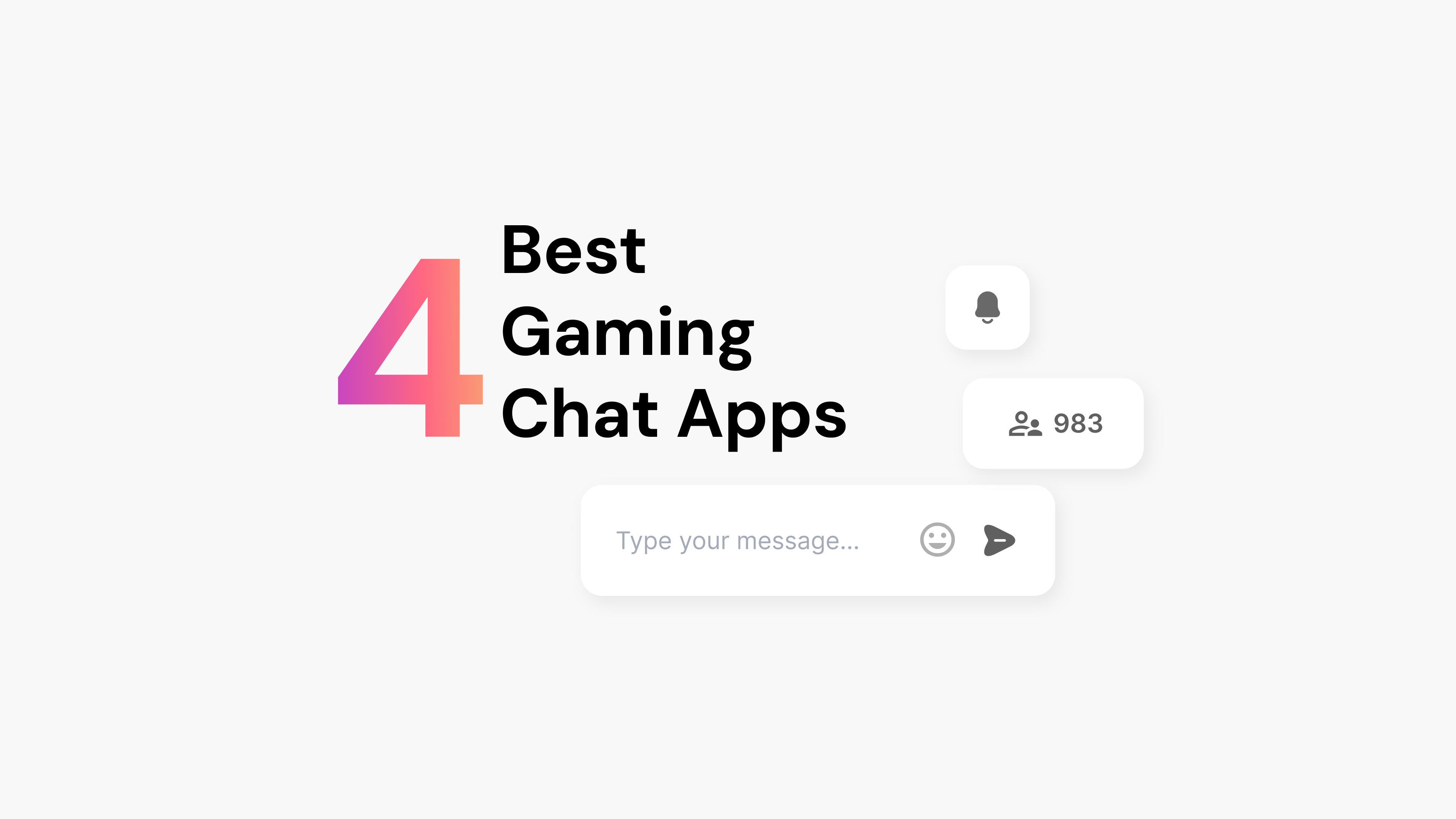Offering distance online education, especially degree programs, is becoming more popular. To help you design distance education courses, use this guide to discover the value of digital online education and build your program.
The COVID-19 pandemic has shown the world that traditional education needs to change. Online universities, distance courses, and other online programs have proven themselves. Find out how to use educational technology and online instruction delivery methods to improve access to education.
What is Distance Learning?
Distance education is best understood in contrast to traditional classes. Since the 19th century, school teachers have stood before their students to lecture. Access to education improved, and literacy rates increased in many countries.
Distance education is the learning approach for the 21st century. This new model emphasizes online learning tools and digital resources to engage students. It combines both synchronous learning options (e.g., live chat and video conferencing) and asynchronous learning (e.g., digital textbooks, assignments, and videos).
Benefits of Online Education at a Distance
Flexibility in Learning
Online education allows students to learn at their own pace and schedule, accommodating work, family, and other commitments. This flexibility empowers students to pursue their education without sacrificing other important aspects of their lives.
Personalized Learning Experiences
Digital platforms enable personalized learning experiences, tailoring content to individual learning styles and paces. This approach can improve comprehension and retention, leading to better educational outcomes.
Cost-Effectiveness
Online education reduces the need for physical infrastructure, lowering costs for both institutions and students. Savings on commuting, housing, and materials make education more accessible to a wider audience.
Expansive Course Offerings
Institutions can offer a broader range of courses and specializations, attracting diverse student populations. This variety enriches the educational experience and provides more opportunities for students to pursue their interests.
Enhanced Digital Skills
Participating in online education naturally enhances students’ digital literacy, preparing them for a tech-driven world. These skills are invaluable in today’s job market, where digital competency is often a prerequisite.
Types of Online Education at a Distance
Understanding the different types of online education can help tailor approaches to suit institutional needs.
Synchronous Learning
Synchronous learning involves real-time classes using video conferencing tools. Students and instructors meet at scheduled times for interactive sessions, allowing immediate feedback and discussion.
- Examples: Live lectures via Zoom, real-time group discussions, and interactive Q&A sessions.
Asynchronous Learning
Asynchronous learning offers flexibility, allowing students to access course materials at their convenience. Pre-recorded lectures, readings, and assignments can be completed on the student’s schedule.
- Examples: Pre-recorded video lectures, online discussion boards, and self-paced quizzes.
Hybrid Learning
Hybrid learning combines synchronous and asynchronous methods, providing a balanced approach. Students benefit from structured classes while enjoying on-demand content flexibility.
- Examples: Weekly live discussions complemented by pre-recorded lectures and online assignments.
Steps to Creating Your Distance Online Education Program
Even as the COVD-19 threat fades away, offering various forms of distance learning is worthwhile. Increased affordability and flexibility are some of the key benefits of distance learning.
Step 1: Assess Your Institution’s Goals and Challenges
Like decisions around class size and evaluations of instruction, adding distance learning to your school takes careful thought.
Faculty Capabilities
Explore the faculty time investments required to convert in person courses to a virtual format. Don’t assume faculty digital fluency levels are all at the same level. Faculty support teams, especially when leveraging new technology, can play a critical role.
Supports For Students
In addition, examine your current ecosystem of learner supports like tutors, librarians and other services to evaluate if they are ready for a digital world.
Student Body Profile
Finally, look at your institution’s history. There’s a big difference between a college that has had generation of distance education experience like Athabasca University and a college new to this challenge. Check whether your students include a significant number of parents or working professionals who may need different help from campus support teams.
Step 2: Select Your Distance Education Platform
Selecting the right mix of educational technology often ranks as one of the top challenges for institutions. The specific mix of tools you select will depend on the educational delivery modes you have adopted.
In general, there are a few types of tools required to provide an effecting educational experience to students.
- Learning management systems (LMS). This is the online tool where faculty can boost additional resources, respond to discussion questions and accept homework.
- Video conferencing tool. Video calls are a crucial tool in many types of courses, especially courses that emphasize discussions and debates.
- Real time engagement tools. Adopting tools like Arena Live Chat or Live Blog go a long way toward making students feel more engaged in the learning process.
You will find a good example in Pecege Institute. It leverages Live Chat to keep students and educators engaged for its own online courses and white label products to its business clients.
Step 3: Create Your Distance Education Plan
The next step is to engage your faculty members, students and other stakeholders to discuss what kinds of courses to offer in a remote format. Use the following prompts to identify courses and programs suitable for online learning:
- What courses and programs are unsuitable for online learning (e.g. medicine and science courses requiring lab work)?
- What types of courses have been successfully offered online in other colleges?
- What courses are students and faculty most interested in offering in a virtual format (e.g. the business school might already have part time commuter students who would love an online option)?
Step 4: Set Up Your Learning Support Team
Once you have a clear picture of which courses will be offered in an online format, set up your support staff. At a minimum, it is best to have a team of educational technology specialists on call to provide support. Ideally, the support team will also contribute suggestions to help faculty find success.
Step 5: Launch Your Online Education Course
With the preparations in place, invite your faculty members to start building their course in your institution’s learning management system. When you first launch remote learning, it’s normal to experience some glitches. It’s all part of the remote learning experience!
Step 6: Assess The Remote Learning Experience For
As an educational institution, it’s vital to learn from your own experience. To that end, set up surveys with each course to find out what worked and what could be improved. For example, you might find that some students wanted more opportunities to ask questions and fewer long course videos.
How Does Arena Enhance Online Education?
Arena enhances online education by providing interactive tools designed to boost engagement and improve learning outcomes. Here’s how:
Real-Time Interaction Tools
Arena’s real-time chat and live blogging features facilitate live discussions and Q&A sessions, creating dynamic virtual classrooms. These tools mimic the interactivity of in-person classes, keeping students engaged and connected.
Interactive Content Features
Arena allows educators to integrate polls, quizzes, and multimedia content into their courses. These interactive elements break the monotony of traditional lectures, making learning more enjoyable and effective.
AI-Powered Insights
Arena’s advanced analytics provide valuable insights into student behavior and engagement. Institutions can use this data to tailor their strategies, ensuring they meet students’ needs and improve learning outcomes.
Community Building
Arena fosters a sense of community among students, encouraging interaction and collaboration. This social aspect is crucial for maintaining motivation and engagement in an online learning environment.
Keep Teacher-Student Interaction At The Heart Of Education
As we conclude, it’s worth remembering that college and university is fundamentally a social experience. Students sign up for courses because they want the chance to make friends, learn from respected teachers and join an interesting community. To that end, your suite of educational technology needs to support interaction. Find out how Arena’s educational solutions enrich your courses and programs with deeper student engagement.



